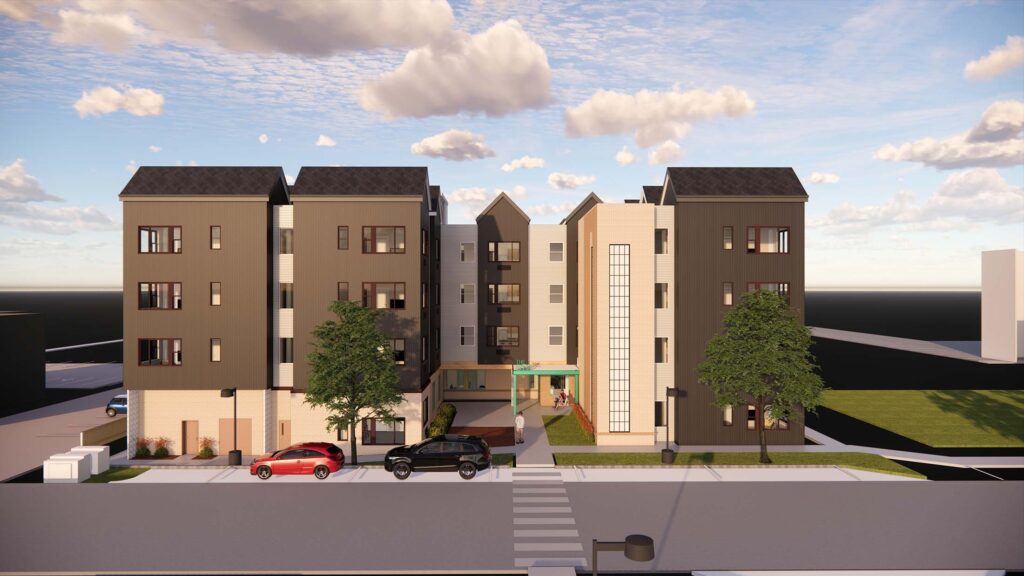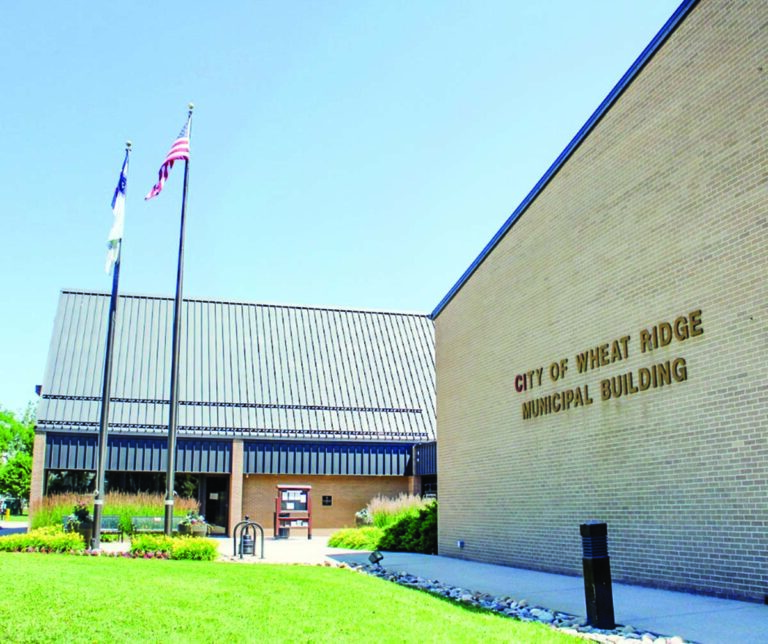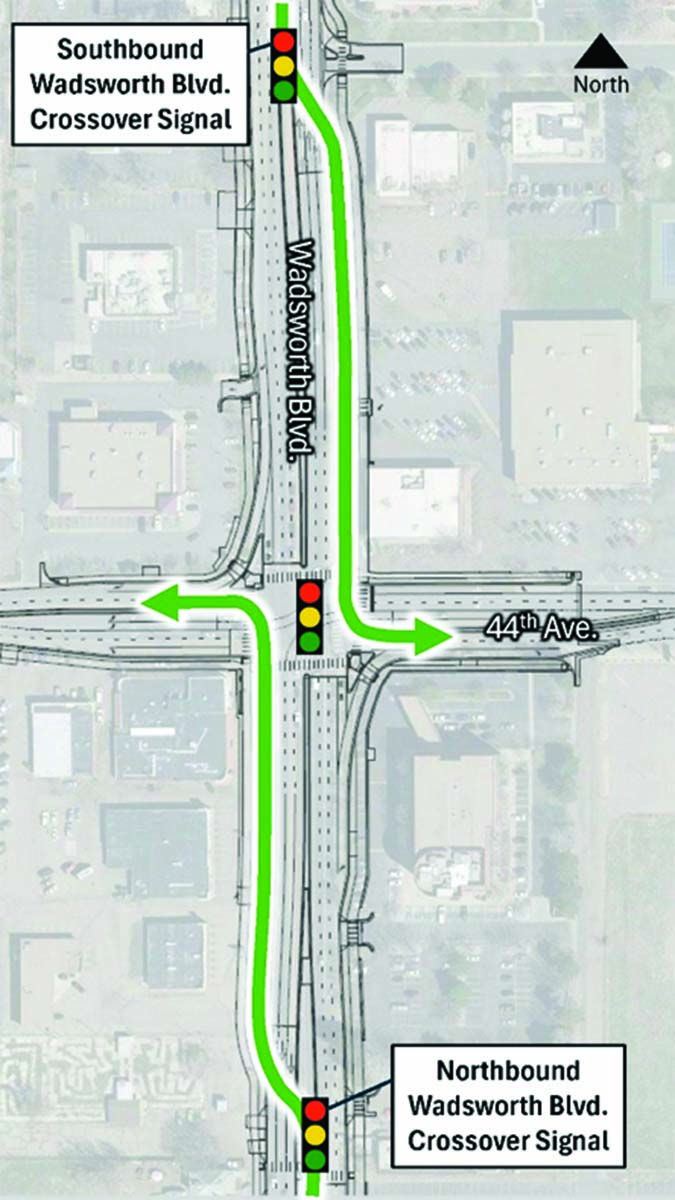Concerns include the presence of low-income and homeless residents and lack of notice from the city
A low-income and homeless apartment building in Wheat Ridge has stirred up nearby residents who said they were left out of the loop before construction began.
On April 25, city and Jefferson County officials broke ground on The Ives at the northeast corner of 44th Avenue and Wadsworth Boulevard.
Half of the 50 one-bedroom apartments will be subsidized for unhoused people by the Jefferson County Housing Authority, operating as Foothills Regional Housing. The other 25 apartments will house qualified low-income residents. Expected completion is in the fall of 2024.
“This will be permanent housing and [residents] will be allowed to live here for as long as they qualify and are in compliance with the lease,” wrote Foothills Executive Director Lori Rosendahl in an email to the Neighborhood Gazette.
Rosendahl and other housing authority staff members, along with two city council members and city staff, met with a large crowd of residents for two hours on Oct. 24. Highlights included:
• The housing authority already owns the adjacent former Pep Boys property, O’Reilly Auto Parts and Bank of the West buildings. They tentatively plan to build three more phases of similar housing at the site if money is obtained and none would require rezoning
• The authority committed to improving communication with area residents as more phases are planned and developed
• Qualified residents will have incomes ranging from zero to about $52,000 a year and resident turnover rates vary from 15-40%, based on previous similar projects built by the authority
• The project — along with other similar housing projects the authority has built — uses a combination of private and public money
• Several studies have shown affordable housing such as The Ives does not lower surrounding property values, according to authority official statements.
“Total cost will change as the development progresses and we don’t have final cost estimates for the next phases,” Rosendahl wrote. “As you are very aware, the cost of goods, including building supplies, changes constantly.”
The first phase received $3.25 million from the Colorado Department of Local Affairs, and the county designated $1 million in annual affordable housing money it receives from the federal government. Low-income housing tax credits — which are private money — are also involved, added Rosendahl.
City Manager Patrick Goff wrote in an email that the city assigned its more than $1.9 million of private activity bond allocation from the state of Colorado to Foothills for phase two. Private activity bonds are tax-exempt and offer low-cost financing to private sector borrowers “for projects that create jobs and expand the tax bases of local communities,” according to a city resolution.
Dawn Underwood, a concerned resident, noted officials said the second phase will have 100 apartments in a bigger building. She and others worried about security and staffing and where any outdoors smoking areas might be located in relation to the nearby Apel-Bacher park, among others.
“They tried to frame it as housing for neighbors,” Underwood said.
At their Sept. 25 meeting, the city council rezoned a city-owned parcel that used to house Bank of the West. The revision was done so the property could be sold to Foothills for $10 as a contribution to the second phase of the housing project, Goff wrote.
Regarding neighborhood outreach, Rosendahl stated the authority followed all city requirements: The city notified all property owners within a 600-foot radius of the rezoning and Foothills officials participated in the neighborhood meeting.“Since this site has been owned by us for many years and was already zoned for multi-family development, [we] did not do any specific or targeted outreach to neighbors,” she wrote.
Resident Julie Wheeless said most neighbors live beyond the 600-foot radius of the site. Many are older residents who either do not have a computer or need help finding information about the project, she added.
“The whole thing just seems like it was done covertly without any communication,” Wheeless said.
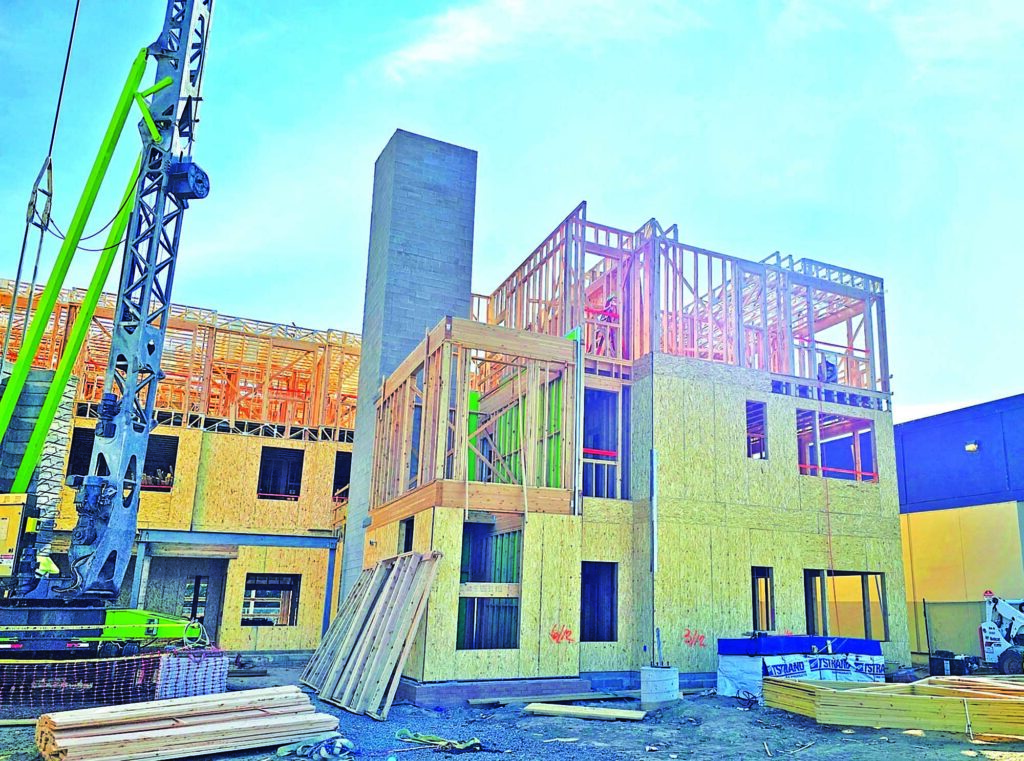
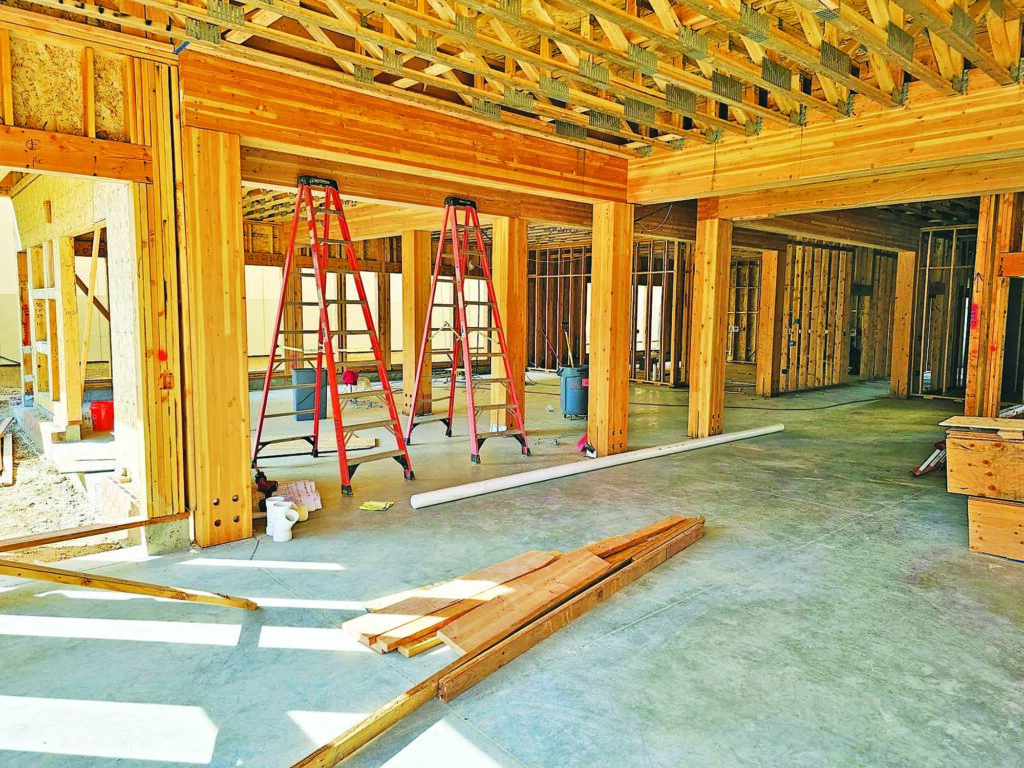
Goff said the city might consider extending the notice radius to 1,000 feet after the council requested the notification process be revised.
“We may have followed the letter of the law, but that wasn’t really in the spirit of this project,” Councilmember Rachel Hultin said. “I know I’d feel really frustrated if I lived around this project with the noticing that took place.”
Wheeless, a local Realtor, realized affordable housing projects are needed, but said,“I just don’t think Wheat Ridge is prepared for this kind of density.”

